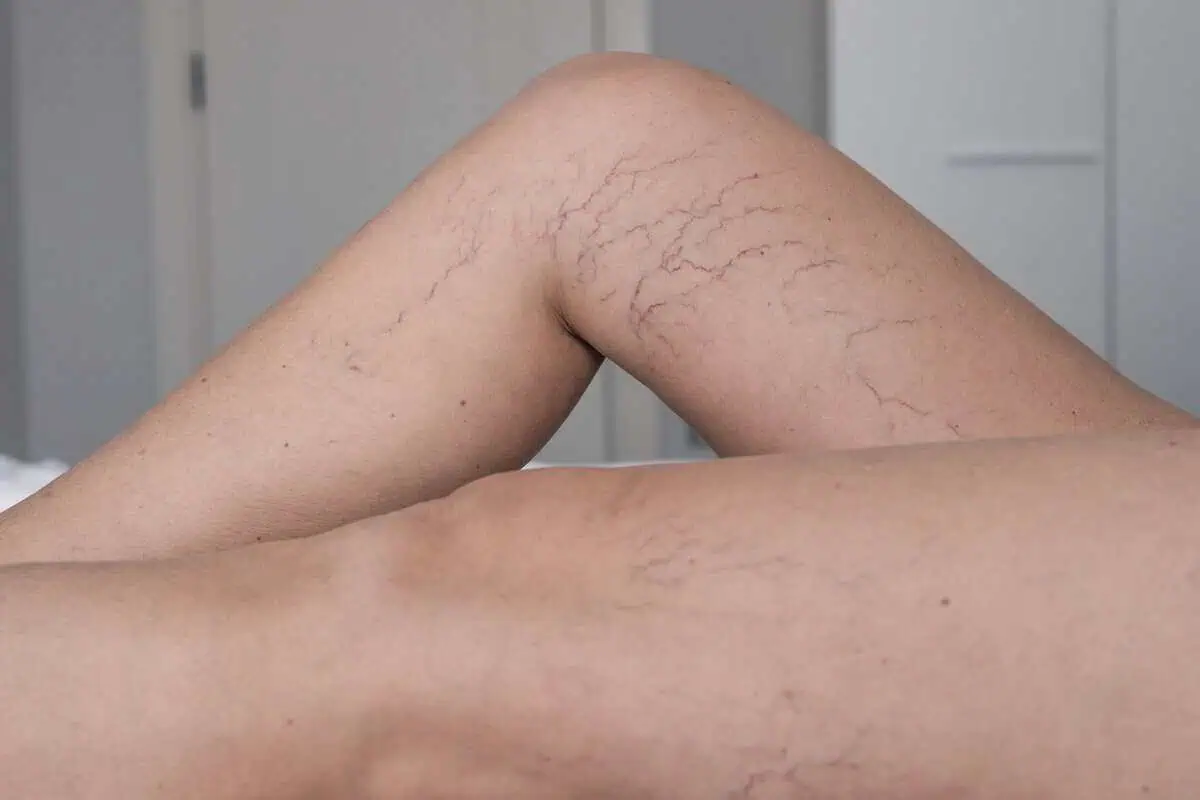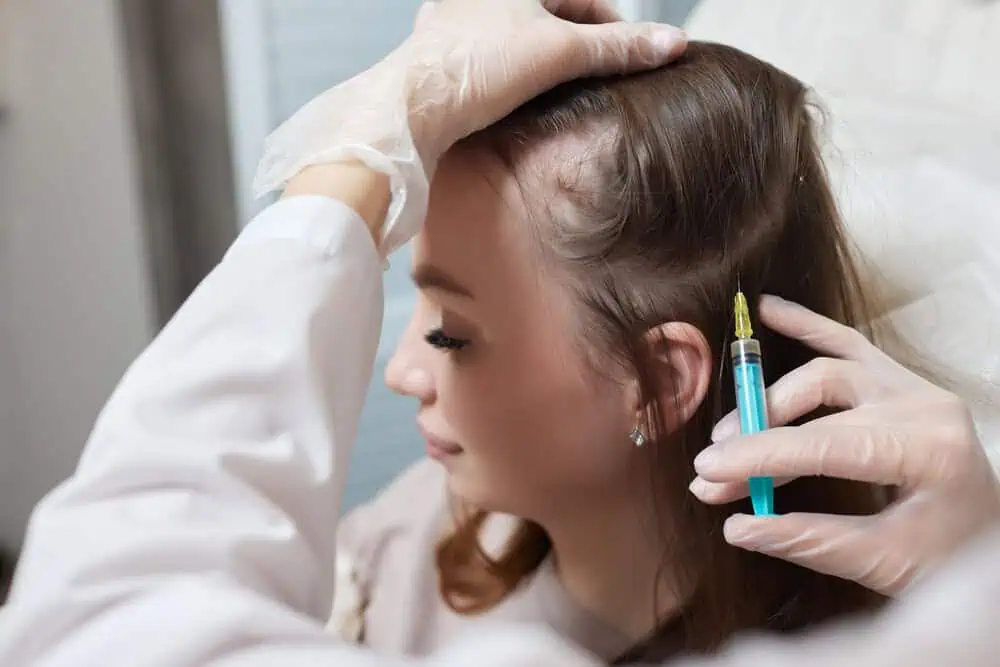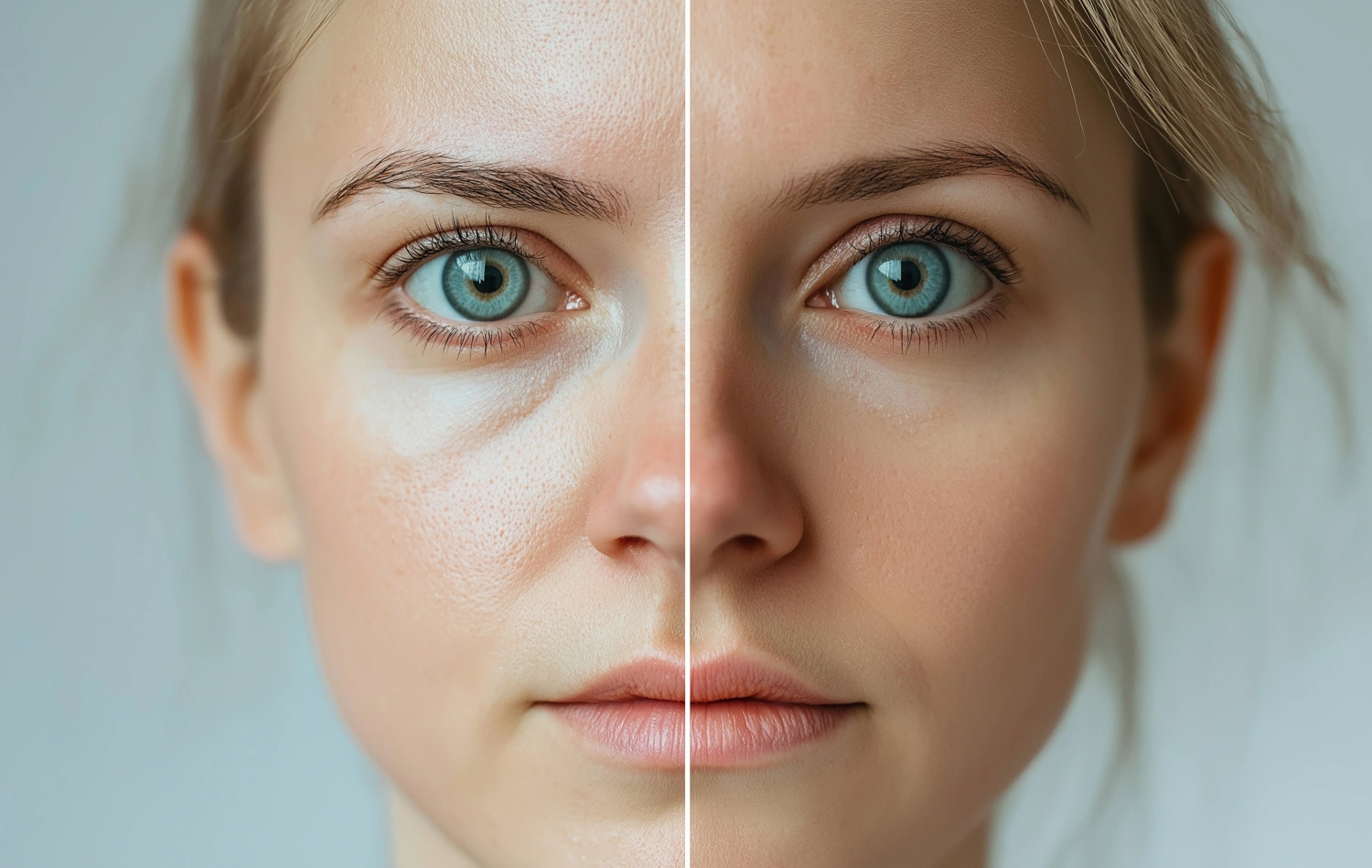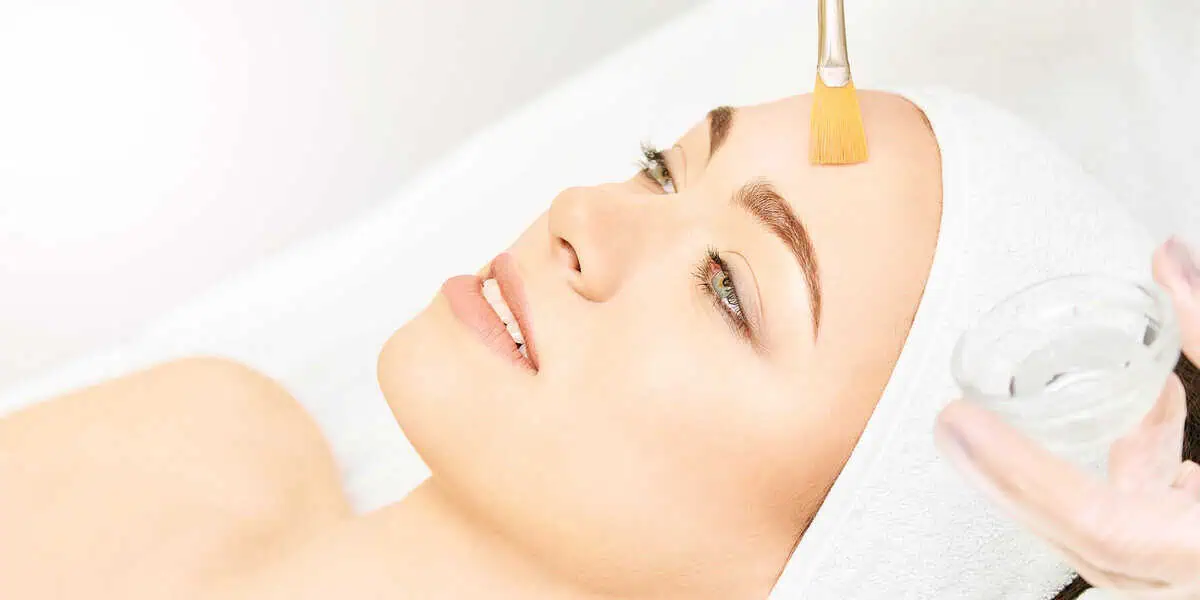There are countless reasons why people get scars. People find it challenging to cover it up with cosmetics, clothing, or hairstyle modification if it’s on the face or head. Fortunately, there’s a way to remove a troublesome wound mark through scar revision.
This technique helped people worldwide to make their scars less noticeable. If you’re planning to remove a prominent scar on your skin, read this article to be informed. Let’s find out below if this treatment is indeed effective.
What is scar revision?
This Procedure will attempt to minimize the appearance of the scar and make it blend in with your surrounding skin tone and texture. It’s inevitable to get a scar in your life. You can get it from a wound, injury, or surgical process.
Either way, it’s the result of wound healing. Also, it’s essential to know that their development is unpredictable. Even if your wound has healed well, it can still result in a scar.
Subcision is a surgical treatment that’s used to remove acne scars. It includes putting a tiny needle into your skin to loosen the acne scars from the deeper tissues. This helps your skin to lift and to minimize the look of the acne caused by acne.
It’s an incision-less surgical procedure. It could be used to improve depressed scars, wrinkles, and cellulite. Although subcision is most frequently used to treat acne scars, it may also help decrease scars produced by other disorders, like chicken pox, wounds, and surgery.
This treatment can use surgical and non-surgical techniques to treat your scars.
Revision may include:
- Simple topical treatments
- Minimally invasive procedures
- Surgical revisions with advanced technologies
- The type of technique will depend on your scar’s condition.
What are the different types of scars?
First, you should be able to identify what type of scar you have. Also, your physician will examine your scar to determine the appropriate techniques to use to improve it.
The different types of scars include:
-
Discoloration or surface irregularities
These are just the scars caused by minor injuries or skin problems. One factor in determining this type of scar is that it doesn’t impair function or cause physical discomfort. This includes acne scars as well as scars resulting from minor injuries and prior surgical incisions.
-
Hypertrophic scars
They are thick clusters of scar tissue that develop directly at a wound site. Usually, they appear slightly raised than the rest of the skin and may become wider over time. They can be hyperpigmented or hypopigmented.
-
Keloids
These are usually larger than hypertrophic scars. Also, they can be painful or itchy and may appear wrinkled or folded. They extend even beyond the edges of an original wound or incision. This type of scar develops more commonly on your face, neck, ears, chest, or shoulders.
-
Contractures
These are the scars that restrict your movement since the skin is pulling together. They occur as a result of significant tissue loss, such as after suffering a burn. Contractures can also develop where a wound crosses a joint, impeding movement in the fingers, elbows, knees, or neck.
How do they assess the scar?
Before undergoing the treatment, you should know that there are several tools available for scar assessment. Your provider will examine your scar first before the procedure. The most important things they should assess are color, vascularity, light reflection, texture, contour, flexibility, height, distortion, relation to the relaxed skin tension lines, and relation with essential landmarks in the body area.
Can your scar get treated?
Now that you’ve learned how to identify your scar, you also should know the qualities of the scar that make it ideal for the treatment. Some scars can’t undergo this procedure. These are scars that limit your mobility, protruding, and are wide.
Here are characteristics of an ideal scar that makes it cosmetically favorable:
- It should be a less noticeable and unapparent fine line
- It should be parallel to skin creases and folds
- It should have similar color and contour as your surrounding skin
- The adjacent structures should not be distorted in any way.
- It should be the same level of the skin
- It should be positioned well on the face
If your scar fits the characteristics, then you should contact an experienced practitioner and schedule an appointment.
What are the steps of this procedure?
-
Step 1 – Anesthesia
Anesthesia is an integral aspect of every surgical operation and must be done carefully. General anesthesia is the strongest kind of anesthesia. You are sleeping, feeling no discomfort, and you’ll not recall the operation. This is seldom needed for scar correction, except if the patient is a small child.
In our practice, we use topical and injected local anesthetics.
You will be conscious during the operation and will recall the process, but you should experience no discomfort.
-
Step 2 – The treatment
The extent to which your scar improves is determined by the degree of your scarring and the kind, size, and location of the scar. Occasionally, a single technique can result in a considerable improvement. However, your plastic surgeon may propose a combination of scar modification treatments to attain the most excellent results.
Topical therapies, such as gels, tapes, or external compression, can aid in wound closure and healing. These treatments can be used to treat existing scars and discoloration on the skin and help in the healing process following revision surgeries.
Additionally, injectable therapies may be used. Dermal fillers can be used to improve the appearance of depressed or concave scars. You should be aware that this form of treatment must be repeated to preserve the desired outcome.
-
Step 3 – Incision
Occasionally, deeper scars require an incision to remove the old scar medically.
-
Step 4 – Closing the incisions.
Certain scars must be closed in layers. The initial phase, or layer, includes suturing subdermal (below the skin’s surface) with absorbable or non-removable sutures. Closure layers continue to be added until the residual surface wound is completely closed.
What are the Scar revision techniques?
As mentioned earlier, the revision techniques will depend on your scar type. Here are the different surgical and non-surgical procedures.
Non–surgical Scar revision techniques
-
Camouflage
This technique uses make-up, hair, accessories like scarves, and tattooing to help cover up the scar.
-
Topical therapy
This technique will only work for hyperpigmented scars that you can lighten by using hydroquinone, kojic acid, alpha hydroxyl acid, hydrocortisone, and retinoic acid. Usually, this technique uses topical silicone gel or silicone sheet to improve the scar’s contour, texture, and color.
-
Intralesional agents
- Intralesional corticosteroids: They reduce the formation of scars by inhibiting inflammatory mediators and fibroblast proliferation and enhancing collagen degradation.
- Intralesional 5-Fluorouracil (5-FU) inhibits fibroblast proliferation\and expression and induces type 1 collagen gene in human fibroblast.
- Agents such as intralesional bleomycin, intralesional interferon, hyaluronidase, Iathyrogenic agents, tretinoin, and prostaglandins have been used for scar modification.
-
Cryotherapy
This type of technique uses extreme cold to freeze and remove abnormal tissue.
-
Non-ablative lasers
The flashlamp-pumped pulsed dye laser destroys the scar’s redness by destroying the blood vessels, stimulating collagen remodeling, and softening the scar.
-
Ablative laser resurfacing
This non-surgical technique uses ablative lasers that can cause pigment alteration and scar deterioration from overaggressive treatment.
-
Soft tissue fillers
Dermal Fillers can be used to elevate depressed and pitted scars.
You no longer have to live your whole life worrying about your scar. There are many revision clinics out there, like PBK MedSpa, that can offer you their professional service. Always remember to book an appointment with professionals to get the best experience and results!








